Gardening Goodness: Join the Permaculture Club
To many gardeners, the idea of “letting nature take its course” conjures images of an unkempt, overgrown jumble — something more akin to Einstein’s coif than Boy George’s braids - that is, the planned and orderly rows of plants we aspire to and often fixate over.
Yet letting nature take its course (or working with nature instead of against it) is the holistic approach behind a very successful concept in gardening called permaculture.
Inspired by natural ecosystems, permaculture — for “permanent agriculture” — is the philosophy behind productive, resilient (and yes, beautiful) gardens that require less maintenance and fewer resources.
They focus is on diversity — planting vegetables, herbs, flowers, and even fruit trees together attracts beneficial insects, promotes natural pest control and fertilization, and improves soil health. Without the use of a lot of amendments.
The good news is that you don’t have to be a genius to incorporate permaculture principles into your yard.

Inspired by the past
Though Australian writer, scientist, and educator Bill Mollison and his colleague, David Holmgren, are credited with developing the core principles and practices of permaculture in the 1970s, its roots go back to indigenous land management practices from all over the world, where living with nature was second nature.
The organic farming movement also influenced permaculture principles through its promotion of sustainable agriculture and soil health. So did “systems thinking,” which sounds like it belongs in the IT department but actually stresses interconnectedness and designing elements to function together as a whole.
A strong start
Permaculture starts with goal-setting - determining what’s more important to you: aesthetics, food production, or a combination - and deciding how much time you want to spend tending your garden.
It then emphasizes careful observation of the land, its inhabitants, and natural processes to avoid forcing a square peg into a round hole.
Let’s say you want to grow vegetables in your backyard but aren’t sure where to dig your garden or place your raised beds for optimal plant productivity.
You’ll look for things like the pattern of sunlight – which areas are in full sun most of the day and which are in shade; drainage, including areas where water collects or that dry out so quickly the ground looks parched; and existing features such as a large tree that casts shade most of the day.
Next steps
Planning stems from your observations. You’ll match plants to the environment, choosing sun-lovers like tomatoes, okra, and eggplant for areas that get the most sunlight and picking leafy greens or shade-tolerant herbs for other spaces.
You’ll also look for ways to maximize companion planting, which can attract pollinators, deter pests, and even fix nitrogen in the soil. And you won’t limit yourself to a flat plat of land – think vertically to maximize space, adding trellises for climbing plants and vining vegetables like squash.

And that oak tree in your otherwise perfect spot? Put down the pruners and find heat-sensitive plants that can thrive under its shady canopy.
The long run
Above all, permaculture is sustainable. It avoids the use of external, potentially dangerous, and often expensive commercial products like chemical fertilizers or pesticides.
Instead, you’ll apply organic mulch to suppress weeds, retain moisture, and improve soil health, and you’ll introduce ladybugs and lacewings to control pest populations naturally. Have a compost bin? Perfect! Collect rainwater in barrels to use for irrigation and you’ve earned permaculture bonus points.
It's important to remember that permaculture is an ongoing learning process. Observation isn’t a one-time thing. It takes more than a single look-see to keep a garden growing successfully.
While we can count on the sun rising in the east and setting in the west, other elements are more chameleon-like. As the seasons change, the environment evolves, and your garden matures, see how different plants are responding and adjust as necessary.
If you’re hoping to apply permaculture principles to an existing garden, don’t try to overhaul everything at once. Begin with a few changes and see how they work. You’ll be growing right alongside your garden. Which is just part of the natural order of things.








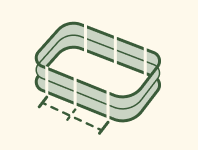
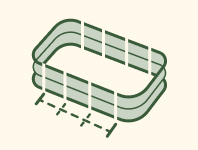
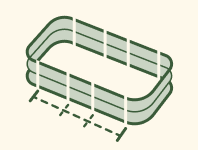






















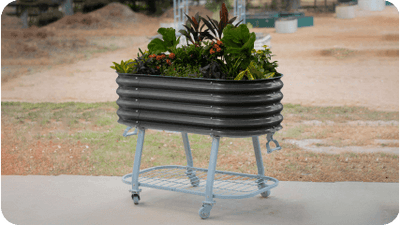









































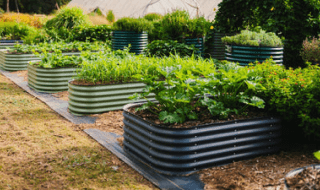
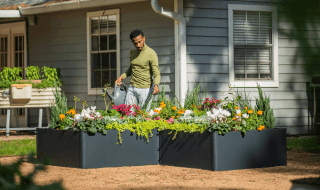
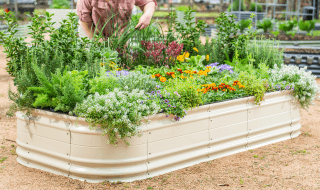
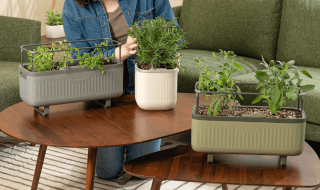
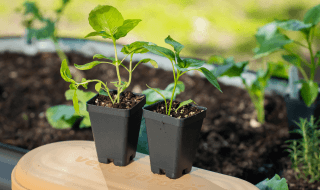
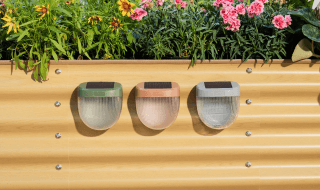
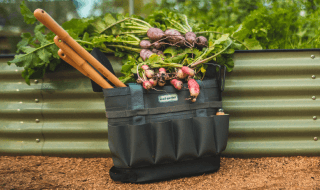
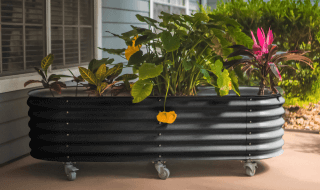







Leave a comment